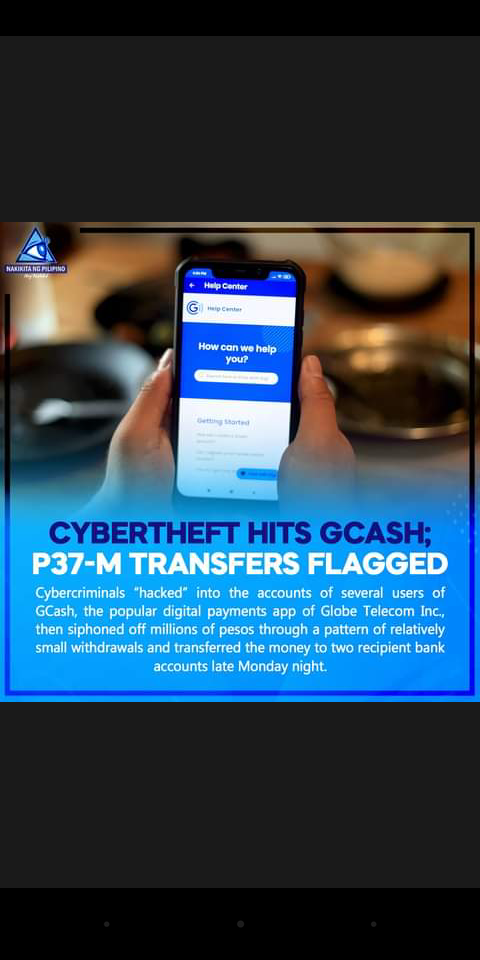Social media has had a significant impact on today’s youth, both positive and negative. Here are some key points highlighting the effects of social media on young people:
1. Connectivity: Social media platforms have revolutionized communication by connecting individuals worldwide. Young people can connect with friends, family, and peers, fostering a sense of community and belonging. This connectivity helps bridge geographical barriers and promotes cultural exchange and understanding.
2. Information and Awareness: Social media platforms serve as powerful tools for spreading information and raising awareness about important issues. Youth can easily access news, educational content, and resources, enabling them to stay informed about current events and engage in discussions on various topics.
3. Self-expression: Social media provides young people with platforms to express themselves creatively. They can share their thoughts, ideas, and talents through photos, videos, artwork, and writing. This freedom of expression encourages self-confidence, creativity, and individuality.
4. Learning Opportunities: Social media platforms offer educational resources, tutorials, and online courses that can supplement traditional learning methods. Youth can access a wealth of information and engage in interactive learning experiences, expanding their knowledge and skills.
5. Activism and Advocacy: Social media has become a catalyst for youth-led movements and social activism. Young people can mobilize and raise awareness about important causes, such as climate change, human rights, and equality. They can use social media to organize protests, initiate campaigns, and spark meaningful discussions, empowering them to make a difference.
6. Mental Health Challenges: Excessive use of social media can have adverse effects on the mental health of young people. The constant exposure to carefully curated and edited content can create unrealistic expectations and foster feelings of inadequacy. Cyberbullying and online harassment are also prevalent issues that can lead to anxiety, depression, and social isolation.
7. Body Image and Self-esteem: Social media often portrays idealized versions of beauty and body image, contributing to body dissatisfaction among young people. Comparing themselves to unrealistic standards can lead to low self-esteem, eating disorders, and body dysmorphia.
8. Privacy and Security Concerns: Young people may unknowingly expose themselves to privacy risks on social media platforms. Oversharing personal information or engaging with strangers can result in cyberstalking, identity theft, or online exploitation.
9. Distraction and Time Management: Social media can be highly addictive, causing young people to spend excessive amounts of time scrolling through feeds and engaging in online activities. This can lead to a decline in academic performance, neglect of real-life relationships, and poor time management skills.
10. Social Skills and Interpersonal Relationships: The prevalence of social media has led to concerns about its impact on face-to-face interactions. Spending excessive time online can hinder the development of essential social skills and intimate relationships, making it harder for young people to communicate effectively in real-world scenarios.
In conclusion, social media has brought numerous benefits to young people, such as increased connectivity, access to information, and opportunities for self-expression. However, it also poses risks to their mental health, privacy, and social development. It is crucial for young people, parents, and educators to foster a healthy relationship with social media, emphasizing digital literacy, online safety, and balanced use to maximize the positive impact while mitigating the negative effects.


